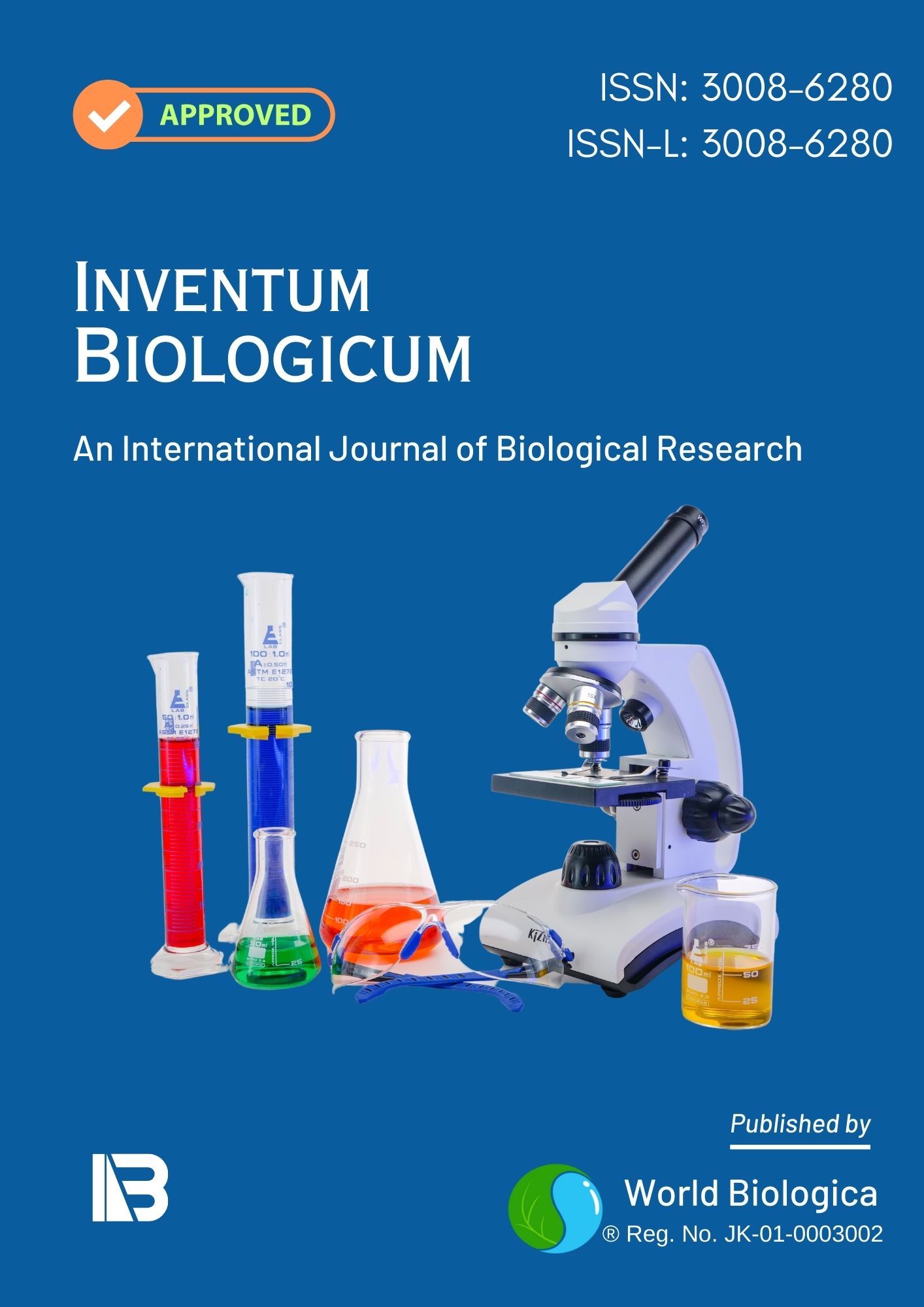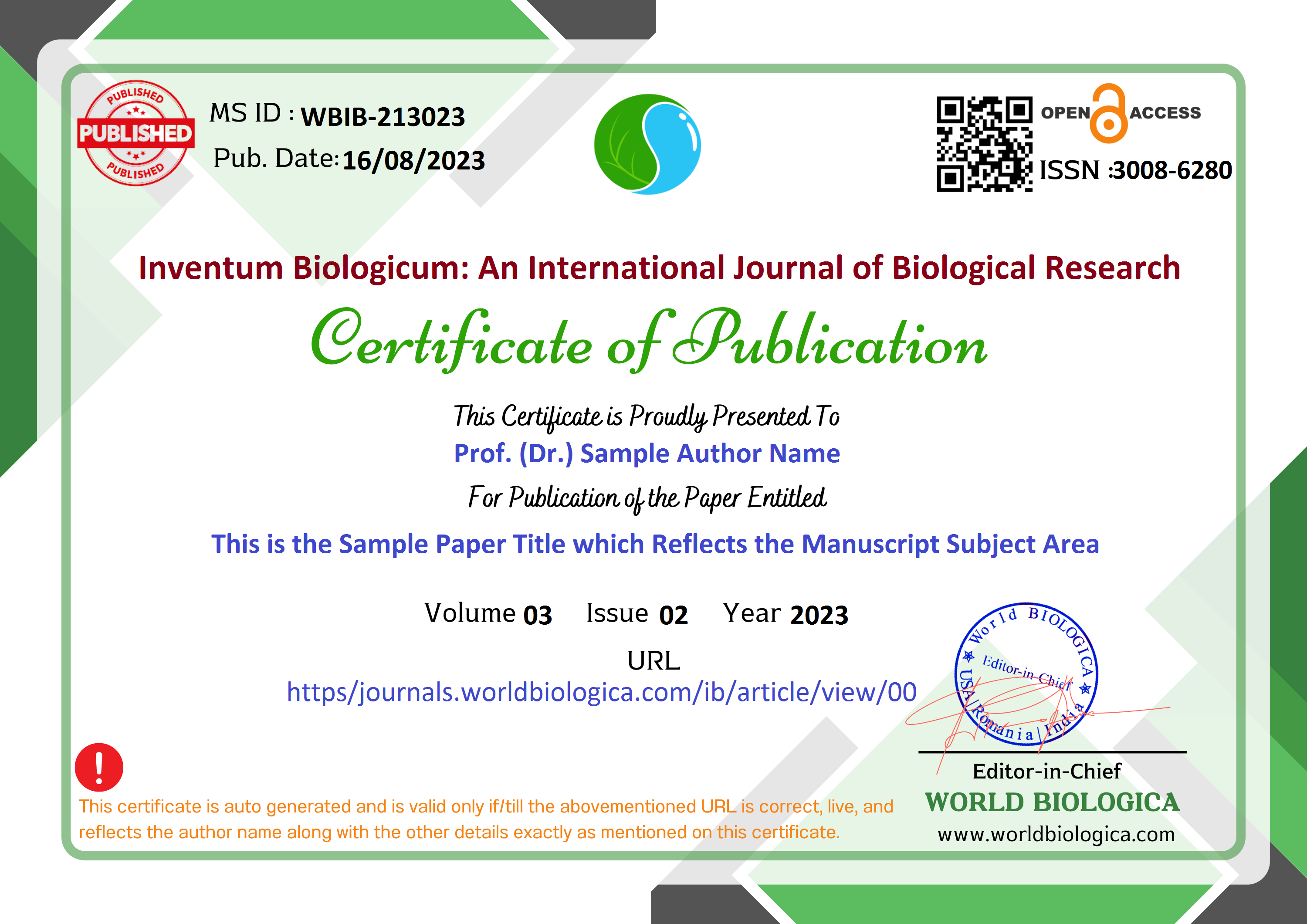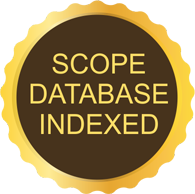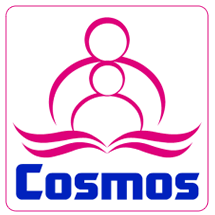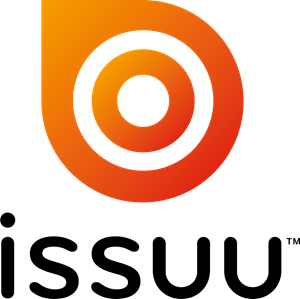Evaluation of Anti-Oxidant and Anthelmintic Activity of Hibiscus cannabinus Seed Extract
Keywords:
Hibiscus cannabinus, Antioxidant, Anthelmintic, Seed extractAbstract
This study explores the Antioxidant and Anthelmintic activities of Hibiscus cannabinus seed extract by Maceration process, aiming to evaluate its therapeutic potential. The Antioxidant activity was assessed using DPPH, revealing significant free radical scavenging properties with IC50 values (97.62µg/ml) comparable to standard Antioxidants. The presence of bioactive compounds, such as Alkaloids Flavonoids, Taninns, Steroids, Terpenoids, Phenolic compounds, likely contributes to this activity. The Anthelmintic efficacy was determined using paralysis and mortality of helminths, demonstrating dose-dependent activity. The findings suggest that Hibiscus cannabinus seed extract exhibits promising natural Antioxidant and Anthelmintic properties, potentially beneficial for Pharmaceutical and Agricultural applications. Further studies are warranted to isolate active compounds and elucidate mechanisms of action. This research supports the sustainable use of natural resources for developing safe, cost-effective therapeutic agents.
Downloads
References
Abd Ghafar SA, Yazan LS, Tahir PM, Ismail M. Kenaf seed supercritical fluid extract reduces aberrant crypt foci formation in azoxymethane-induced rats. Experimental and Toxicologic Pathology. 2012 Mar 1;64(3):247-51.
Alam M, Alam K, Begum N, Amin M. Comparative efficacy of different herbal and modern anthelmintics against gastrointestinal nematodiasis in fowl. Int J Biol Res. 2014;2:145–8.
Ali Esmail Al-Snafi. Indo American Journal of Pharmaceutical Sciences. 2018;05 (04):217-8.
Boly R. DPPH free radical scavenging activity of two extracts from Agelanthus dodoneifolius (Loranthaceae) leaves. Impactfactor.org. [cited 2021 Sep 30].
Buddhachat K, Chantima K, Chomdej S, Wongsawad C. In vitro effects of some Thai anthelmintic plants on mortality and change of tegumental surface of Stellantchasmus falcatus. Bacteriol Parasitol. 2012; 3:146–8.
Chan KW, Khong NM, Iqbal S, Mansor SM, Ismail M. Defatted kenaf seed meal: Prospective edible flour from agricultural waste with high antioxidant activity. LWT-Food Science and Technology. 2013 Sep 1;53(1):308-13.
Chastity C, Yuwono K, Utami U, Prala Ayu A, Priscillah W, Sutrisna E. The anthelmintics effect of Momordica charantia L. leaves and Andrographis paniculata Ness. from Indonesia. Int J Ayurveda Pharm Res. 2015;3:33–9.
Pereira C, Oliveira L, Coaqlio A, Santos F, Cezar R, Mendes T, et al. Anti-helminthic activity of Momordica charantia L. against Fasciola hepatica eggs after twelve days of incubation in vitro. Vet Parasitol. 2016; 15:160–6.
Sen S, Chakraborty R, Borah B, Dey B, Sarkar B, Sahariah B. In vitro anthelmintic and antioxidant potential of fruits of Momordica charantia: A comparative study. Indian J Health Sci. 2014;7:113–7
Sharma OP, Bhat TK. DPPH antioxidant assay revisited. Food Chem. 2009;113(4):1202–5.
Tripathi V, Verma J. Different models used to induce diabetes: a comprehensive review. Int J Pharm Pharm Sci. 2014;6(6):29-32.
Vasim Yunus Shaikh, Tanvir Shamir Patel, Fayyaz Iliyas Pathan, Imran Kadar Shaikh, Rizwan Khan Wahid Khan Pathan. Research paper on “ On Kenaf Seed ”use in medicinal potential. International Journal of Novel Research and Development . 2023;8(5):607-12
Webber III CL, Bhardwaj HL, Bledsoe VK. Kenaf production: fiber, feed, and seed. Trends in new crops and new uses. 2002;13:327-39.
Downloads
-
Download PDF
 Abstract Views: 105,
Abstract Views: 105,  Download PDF: 85
Download PDF: 85
Published
How to Cite
Issue
Section
License
Copyright (c) 2024 Inventum Biologicum: An International Journal of Biological Research

This work is licensed under a Creative Commons Attribution-NonCommercial-NoDerivatives 4.0 International License.


